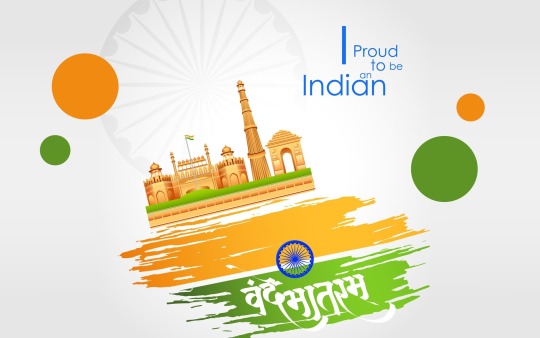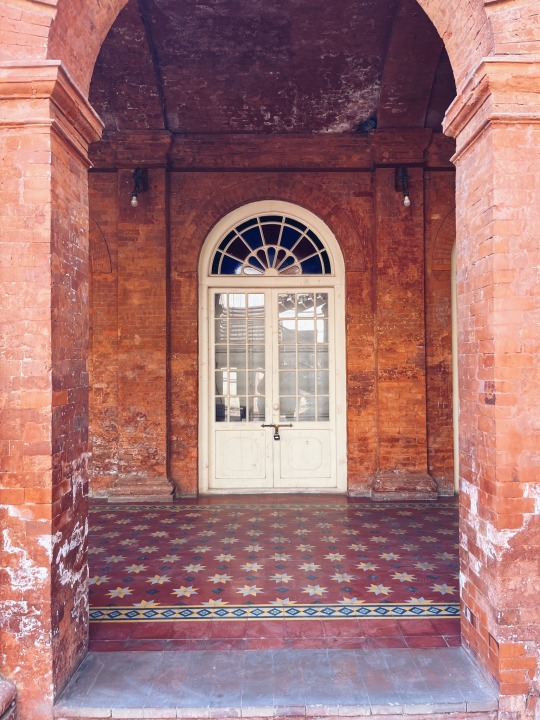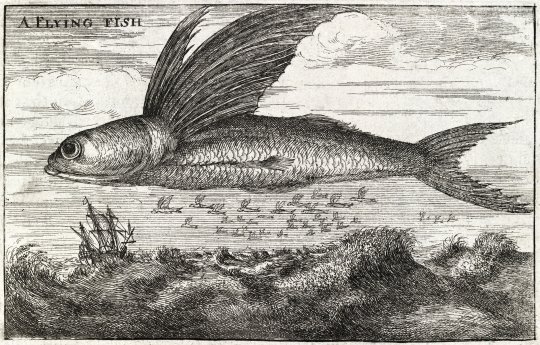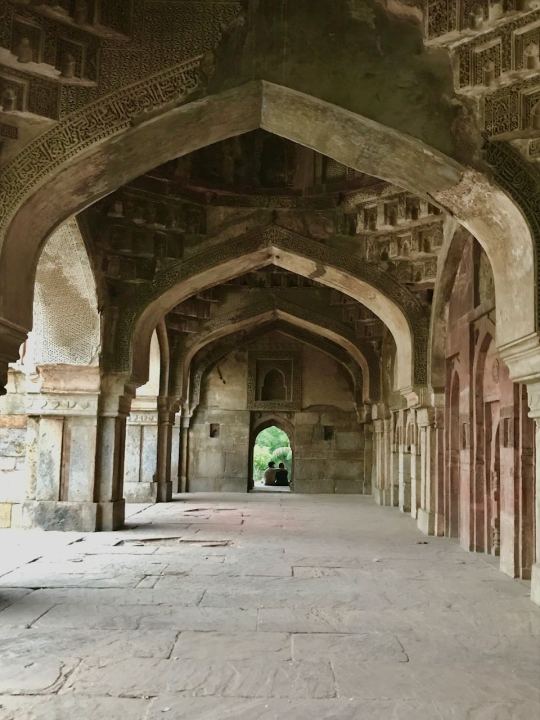#travelling in history of india
Explore tagged Tumblr posts
Text
We made it to the moon for cheaper than NASA or Russia, or any colonial power ever has! (very positive)

Take that Great Britain and screw you all colonizers and imperialism (extremely derogatory).
#meera.txt#India#chandrayaan3#history#bharat#proud to be indian#chandrayaanlaunch#brown history#current events#nasa#space travel#desiblr#being desi#desi tumblr#desi tag#this day in history#on this day in history#on this date#on this day#space program#the moon#moon landing#outer space#chandrayaan 3#chandrayaan -3#desi lgbt#desi queer#moon#happening now#colonialism mention cw
821 notes
·
View notes
Text
Did you know that the first map of the Himalayas was made in the 1500s by the Catalan monk Antoni de Montserrat, and it was so accurate that it was used by European expeditions until the 1800s?
Here's the story of a priest that was called by a Mughal emperor for interfaith intercultural dialogue and who ended up being -among other things- a royal teacher, a writer, a geographer, a fake Armenian merchant, and a prisoner.

Antoni de Montserrat was born in 1536 in Vic (Catalonia). He studied in Barcelona (Catalonia) and Coimbra (Portugal) to become a priest and joined the Jesuits. In 1574, he was sent on a mission to Goa (back then a Portuguese colony, now part of India).
The Mughal emperor Akbar was an open-minded man. He was Muslim but wanted to learn about the other religions, so he called representatives of different religions to his court in Fatehpur Sikri. In 1579, he called the Jesuits to explain Christianity, and the Jesuits sent Antoni de Montserrat. Everyone in the court -Muslims, Christians, Buddhists, Hindus- knew that the point was not to convert others, but to reach a better understanding through debate.

The Mughal emperor Akbar holding an assembly with religious men. The two men dressed in black are Jesuits. Miniature painting by Nar Singh, 1605. Chester Beautty Library.
The emperor Akbar valued Antoni de Montserrat as a great wise man and chose him to become the tutor of his second son Murâd. Antoni learned Persian (the language of the Mughal court) and accepted. He remained close to the emperor and accompanied him in the military campaign when the emperor's step-brother started an uprising in Bengala. Crossing much of Northern India, Kashmir, Pakistan, Afghanistan, and Tibet on elephant gave him the perspective to draw the map.
In the end, Antoni went back to Goa in 1582. There, he wrote a book explaining what he had seen in the Mughal Empire, the cultural differences he had experienced, the political organization of these territories, and describing emperor Akbar's court. This book is called Mongolicae Legationis Commentarius, and its descriptions of the lands he has travelled include the earliest description of Tibetans known in Europe since Marco Polo and the first ever map of the Himalayas.

Antoni de Montserrat's map of the Himalayas and their surroundings, including large parts of what nowadays is India, Tibet, Pakistan, and Afghanistan. Library of St. Paul's Cathedral, Kolkata (India).
This book explains cultural elements of the different cultures under the Mughal Empire and also the conversations Antoni had with the emperor about certain habits. For example, Antoni writes about how the Brahmans (upper caste Hindu priests) force widows to be burned alive in the same funeral pyre as their dead husbands, often (when the women resist) drugging them or through violence. Antoni tries to get emperor Akbar to stop this terrible tradition, but doesn't succeed. On the other hand, Antoni also tells the emperor Akbar that they should burn the "men who dress as women" who live in the emperor's court, to which the emperor bursts laughing out loud and doesn't give any consideration to. Despite their different cultural backgrounds, Antoni and Akbar were friends.
Antoni's time in the Mughal Empire ended in 1588, when the king Philip II of Castilla and I of Portugal orders Antoni and a young Spanish priest named Pedro Páez to go to Ethiopia to convince the Coptic Christian Ethiopians to get closer to the Catholic Christian Church. Then, Antoni and Pedro dressed up as an Armenian merchants to border the Ottoman Empire through Iraq, Syria, and Egypt, trying to avoid the pirates of the Indian Ocean. However, before reaching Ethiopia, they took a ship to skirt modern-day Oman, but the captain turned them in as soon as they reached land in Yemen. Then, Antoni and Pedro were taken on a camel caravan to the Sultan of Hadhramaut (Yemen), who imprisoned them until 1595 and then sentenced to galleys in the Red Sea, and later imprisoned them again. Luckily for them, king Philip paid their rescue and they were freed in 1596. With his body weakened by the galleys and the mistreatments of prison, Antoni retired to a convent in Salsette (modern-day Mumbai, India), where he died in 1600 right after having finished his map.
The Spanish priest who travelled with him, Pedro Páez, also wrote his own diary explaining what they lived. With his descriptions, we know that in Yemen Antoni and Pedro were given what he describes as a kind of herbal tea called "cahua, water boiled with a fruit named bun and which is drank very hot, instead of wine": that is a drink that was still unknown in Europe at the time, which we now call coffee.
Maybe you have heard the name Pedro Páez before, too. After accompanying Antoni to Goa, he went to Ethiopia again, successfully this time. In Ethiopia, he became the first European to reach the source of the Blue Nile.
Information sources: David Montserrat Nonó (La Mira), Sociedad Geográfica Española. If you want to read Antoni de Montserrat's book, it has been translated from Latin to Catalan and to Spanish by Josep Lluís Alay.
#història#antoni de montserrat#pedro páez#mughal empire#mughal#history#catalonia#catalan#renaissance#european history#asian history#asia#india#indian history#interfaith#geography#1500s#16th century#travel#other countries
66 notes
·
View notes
Text

Taj Mahal, India 🇮🇳
#india#taj mahal trip#taj mahal#august#summer#iconic#landmark#travel destinations#toya's tales#toyastales#style#toyas tales#art#photograph#photo#photography#architecture#history#historic#timeless
122 notes
·
View notes
Text
Time Travel Question 62: early Modern and Much Earlier
These Questions are the result of suggestions from the previous iteration.
This category may include suggestions made too late to fall into the correct grouping.
Please add new suggestions below if you have them for future consideration.
I can't remember if we did this one. It would have been late last summer. i think we did some specific species, but i can't remember if it was done in total. I am quoting the whole suggestion here: "Carboniferous forests, before Angiosperms became dominant. I want to see the lepidodendrons and the huge equisetes and all the many Araucaria and gnetophytes and ginkgos that once thrived."
It is too late to fix the typo, but the First item should read somemething like: "People, species, and landscapes of California circa 1400.
#Time Travel#California History#Indigenous history#California Indigenous People#Pre-Colonization Americas#Pre-Colonization Ecosystems#Food Forests#North American History#Mayan#History of Religion#Mesoamerican History#Carboniferous forests#lepidodendrons#equisetes#Araucaria#gnetophytes#ginkgos#Astronomy#Prehistory#Mohenjo Daro#History of India#Early Civilizations#Ancient World#Gobeklitepe#Catalhoyuk#Türkiye History#West Asian History#Babylon#History of Food#Jewish History
54 notes
·
View notes
Text



Museum of Partition, Amritsar
#photography#travel photography#travelblr#history#historyblr#vsco#vscogood#vscocam#aesthetic#museum#India travel#amritsar#traveller#travelling
119 notes
·
View notes
Text

This 17th century artwork shows a flying fish near a ship in stormy waters. This engraving is from 'An embassy from the East-India Company of the United Provinces to the Grand Tartar Cham, Emperor of China', by the Dutch writer and explorer Johan Nieuhof (1618-1672). The book describes Nieuhof's travels to India and China. This artwork is from an English translation, published in 1669.
#library#law library#mtlibrary#inns of court#libraries#rare books#history#books & libraries#london#rarebook#17th century#engraving#johan nieuhof#india#china#travel#travel writing
95 notes
·
View notes
Text





Shekhawati world largest open air art gallery. It is renowned all over the world for its frescoes which are a witness to the history of this place. The painting which are made leave us astonished for their grandeur and passion. Which is difficult to make in today's time . People showed their entire journey on it, the picture of God and the inventionsthat happened along with it . If you look at it , it has been a social media of that time.
#artists on tumblr#heritagehouse#heritage#art#india tourism#india travel#indiatourstravel#old house#nature#history#architecture#my art
10 notes
·
View notes
Text

remember that brahminism is a form of colonialism too and savarnas can't just move past caste merely by losing their last names, supporting affirmative action, voting out modi/bjp or being allies to the oppressed generally: they have to give up the wealth they stole, and power over territories they have violently occupied.
they have to change their relationship with the oppressed materially, by actively transferring assets they have stolen from bahujan communities and the surpluses they have "earned" by enslaving them for centuries, and by resisting other savarnas who come in the way of this.
#remember#reminder#brahminism#colonialism#colonial violence#colonial america#colonial history#colonialization#coloniality#savarnas#caste system#caste#pm modi#modi#bjpmafia#anti bjp#bjpnews#bjpparty#bjp#indian#american indian#india love#india westbrooks#travel agency in india#india#ausgov#politas#auspol#tasgov#taspol
19 notes
·
View notes
Text

Ancestral homes.
Architectural workshop, June 2022. Kerala, IN
#phone photography#beautiful places#india#lensblr#nature photography#lightroom#architecture#ancestry#ancestral#pond#my photgraphy#photographers on tumblr#original photographers#aesthetic#travel#travel journal#stories#historical#historic preservation#history#conservation
39 notes
·
View notes
Text






of ancient caves and heat waves
#ancient caves#ancient civilizations#ancient ruins#desiblr#indian academia#indian history#travel#historical#historical architecture#ancient architecture#ancient india
65 notes
·
View notes
Text






















The Casa de Contratación (House of Trade) or Casa de la Contratación de las Indias ("House of Trade of the Indies") was established by the Crown of Castile, on January 20, 1503 in the port of Seville (and transferred to Cádiz in 1717) as a crown agency for the Spanish Empire.
#Casa de la Contratación de las Indias#established#20 January 1503#Spain#anniversary#Spanish history#Seville#Sevilla#Seville Cathedral#Avenida de la Constitución#architecture#cityscape#summer 2021#travel#tourist attraction#landmark#original photography#Plaza de San Francisco#city hall#España#Southern Europe#La Adriatica Building by José Espiau y Muño#Híspalis Fountain#Royal Alcázars of Seville#Hotel Alfonso XIII#Casa Lonja de Mercaderes#vacation
2 notes
·
View notes
Text
Time Travel Question 54: Ancient World and Earlier
If you could travel through time, but only to see something for Research or for Fun, not to change anything, what would you pick? Yes, you may have a Babel Fish in your ear to translate.
These Questions are the result of suggestions a the previous iteration. This category may include suggestions made too late to fall into the correct earlier time grouping. In some cases a culture lasted a really long time and I grouped them by whether it was likely the later or earlier grouping made the most sense with the information I had.
Please add new suggestions below if you have them for future consideration. All cultures and time periods welcome.
#Time Travel#Middle Ages#Ancient World#Early Humans#Neanderthal#Denisovans#Homins#Paleolithic#Prehistory#Megafauna#Extinct Species#Domestication#The Clovis People#Indigenous History#Ancient Egypt#Nefertiti#History of Music#Antikythera device#Ancient Greece#History of Food#Wootz Steelmaking technique#History of India#Old Testament
44 notes
·
View notes
Text

Romance. India 2023.
#travel#photography#india#backpacking#monuments#delhi#history#gardens#lodi#lodi gardens#couples#love#arches#mughal#architecture#historical
50 notes
·
View notes
Text

"the servant's cottage" built during the British Raj
.
.
.
Fern Hills Royal Palace, Ooty
#ooty#ootytravel#ootytourism#ootyvacation#tamilnadu#south india#architecture#palace#british royalty#history#heritage#culture#india tourism#india travel#india love#hotel#staycation#travelling#travel#vacation#travel photography#wanderlust#tourism#trip#adventure#explore#travelphotography#photographer#photography#photooftheday
4 notes
·
View notes
Text

Golden Temple, India
Digital ID: (b&w film copy neg.) cph 3a09126 http://hdl.loc.gov/loc.pnp/cph.3a09126
Reproduction Number: LC-USZ62-5828 (b&w film copy neg.)
Repository: Library of Congress Prints and Photographs Division Washington, D.C. 20540 USA
#golden temple#india#photo#vintage#vintage photo#history#historical#travel#travel photo#library of congress
2 notes
·
View notes
Text
The Story Behind the Victoria Memorial in Kolkata: Architecture and Significance
The Victoria Memorial in Kolkata stands as a testament to the grandeur of the British Empire in India. An iconic symbol of Kolkata, this magnificent structure is not just an architectural marvel but also a significant cultural and historical monument. Built in memory of Queen Victoria, the memorial combines elements of British and Mughal architecture, creating a unique blend that continues to captivate visitors from around the world. In this article, we will delve into the story behind the Victoria Memorial, exploring its architectural brilliance, historical significance, and enduring legacy.

#blogger#blogs#blog#blogging#tumblog#india#kolkata#victoria memorial#torurism#travel#traveling#architecture#buildings#queen victoria#british history#victorian era
2 notes
·
View notes